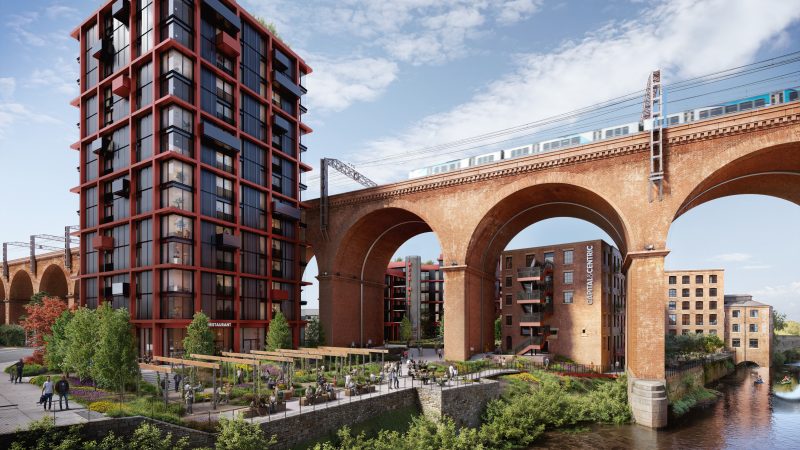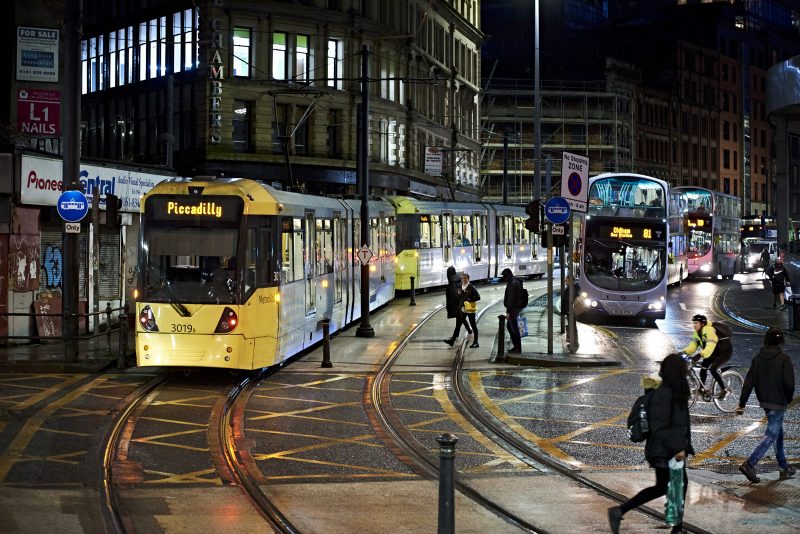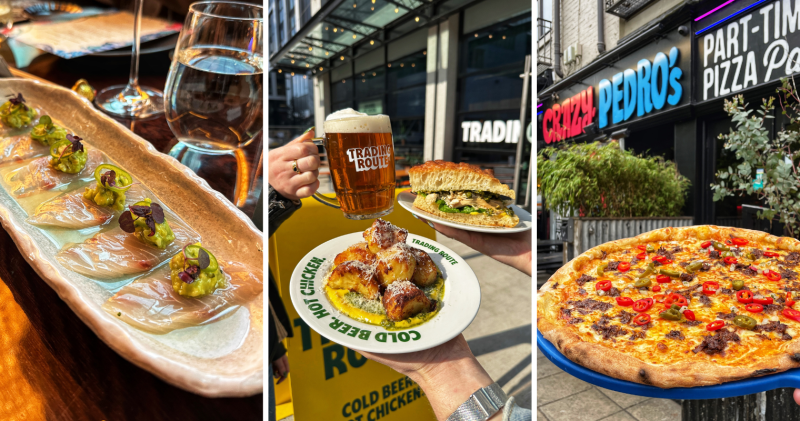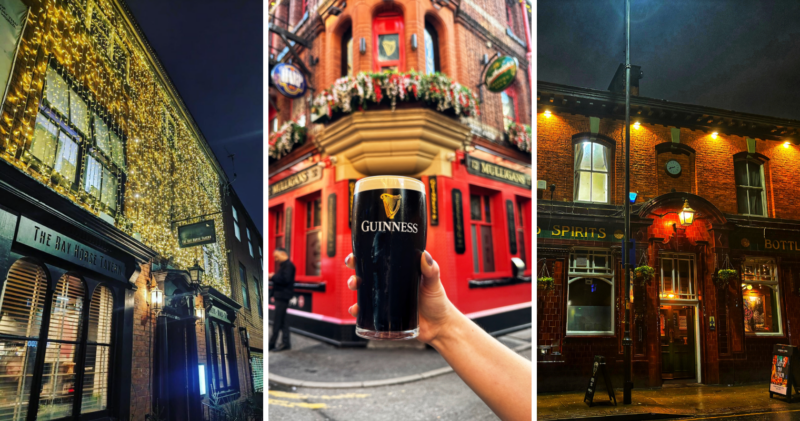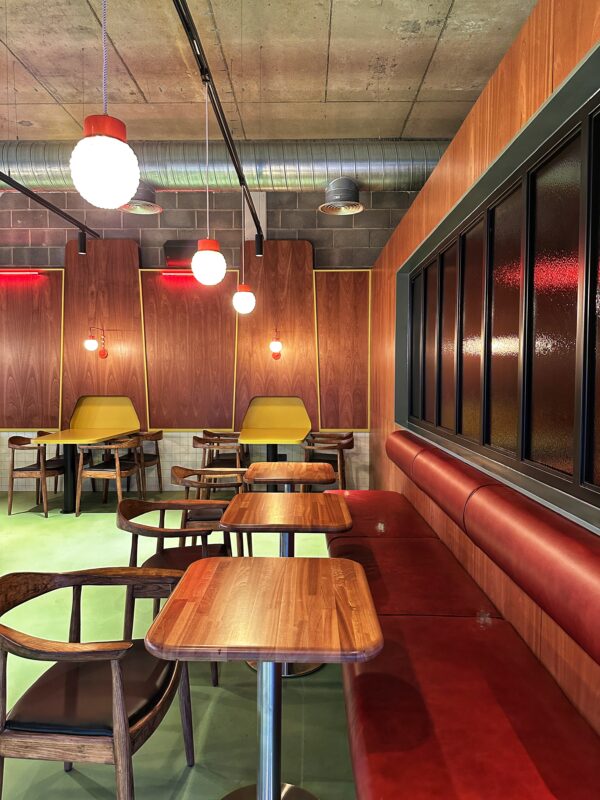Stockport
A historic Stockport pub has officially become a listed building
It is a truly stunning structure inside and out.
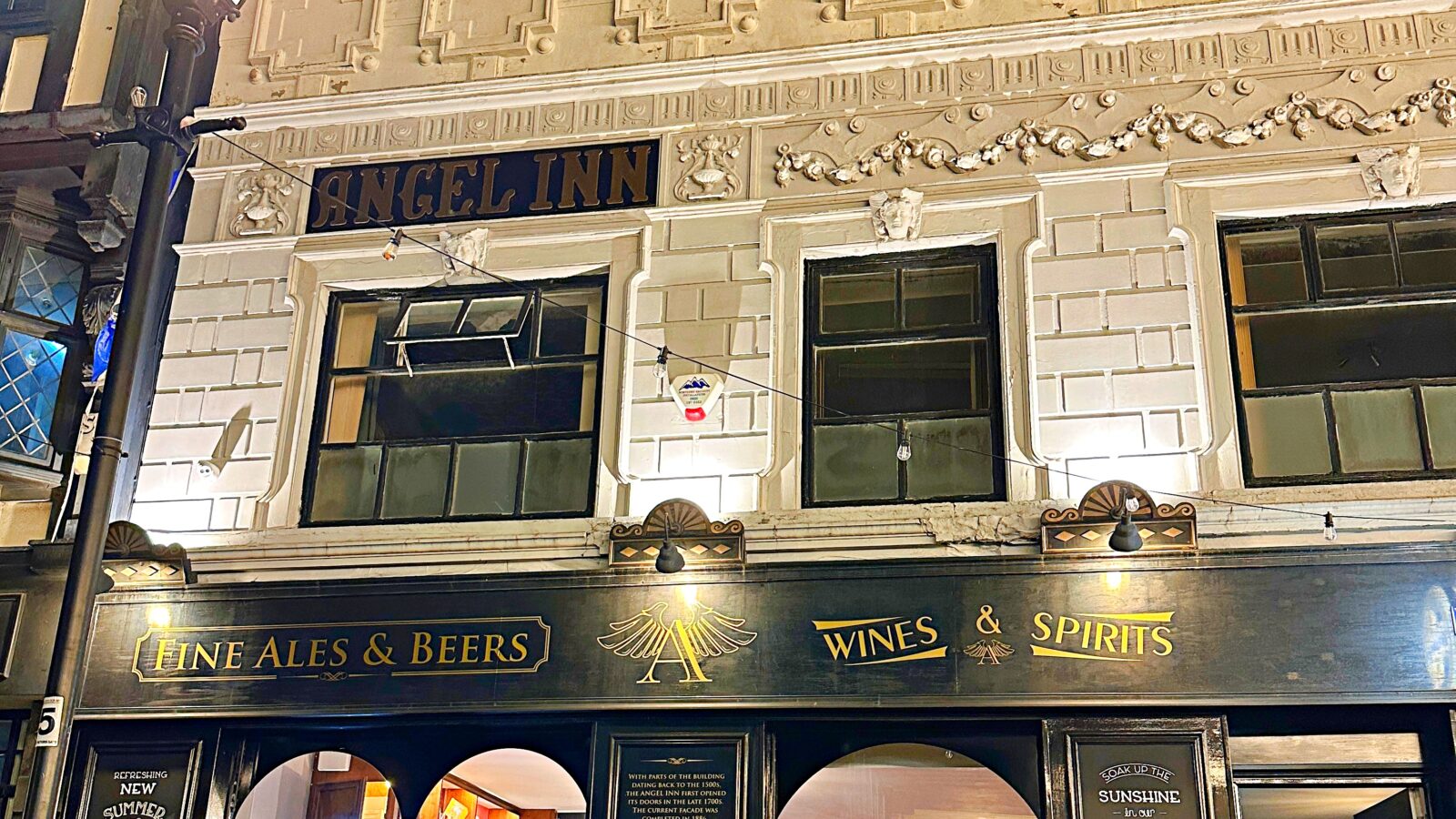
The Angel Inn pub in Stockport has officially become the thriving Greater Manchester borough’s latest listed building.
Being granted Grade II-listed status following an extensive visit and survey by Historic England (HE), Stockport Market Place’s Angel Inn may have had a lick of paint amidst the ‘Old Town Revival’ over the last decade or so, but the pub itself was erected back in the 16th century.
Reopened as one of the area’s most beloved boozers back in 2018, whilst still maintaining key fixtures and that feeling of authenticity, it harks back to the town’s Cheshire roots and taps into a deep vein of local culture.
The assessment, which was completed earlier this month, means that Angel Inn has been recognised as having special architectural or historic significance – i.e. the definition of a listed building.
Writing in a post on social media, the government-backed English heritage organisation detailed that while the inn predates the Early Modern/post-medieval period, the Angel‘s frame is comprised of wood from the 15th century.
But it gets even more interesting than that…
As well as being one of a select few surviving, traditional wattle-and-daub structures in the UK – nearby Bramall Hall being another (and a technique that had died out by the 18th century) – a close inspection of the internal floorboards unearthed something truly fascinating.
It just so happens that tests by HE proved that one particular plank of flooring “was cut from a tree alive in 1086, the year the Domesday Book was completed: the oldest government record held in The National Archives, commissioned by William the Conqueror.
How bloody cool is that?
It’s also worth noting that it’s genuinely a brilliant boozer and one of the most popular watering holes you’ll find in the town centre, promising a cosy interior, an intimate little outdoor area out back and serving plenty of regional ales.
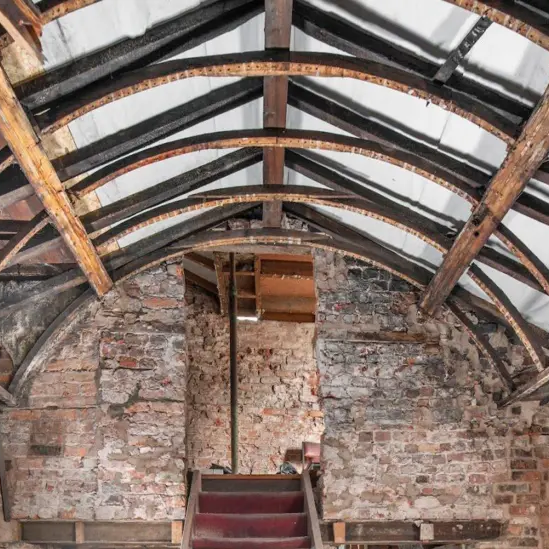
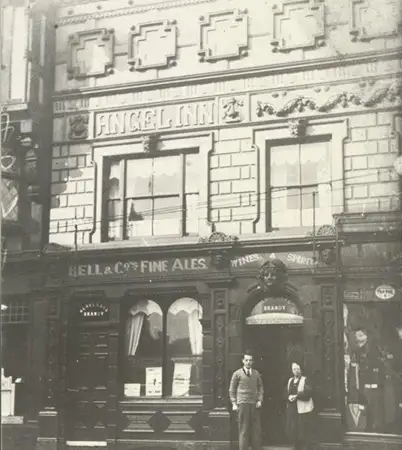
Although they say it’s likely that the floorboard in question was originally cut for an earlier building situated in the same location, it still goes to show how old this particular North West settlement is.
“The name ‘Angel Inn’ dates from as early as 1769, though the site’s hospitality roots extend further, with references to “Cotterell’s inn” used for sequestrators’ meetings in the 1640s, who met to organise the confiscation of property of supporters of King Charles I during The English Civil War”, HE went on to add.
Angel Inn is one of only a handful of venues like this in Greater Manchester and Cheshire; safe to say a lot of time, effort and money are being put into preserving these links to the past.
You’ll find Exhibit B just down the road.
Read more:
- A Greater Manc Wetherspoons has been revealed as ‘one of the UK’s most beloved pubs’
- Beloved Danish lifestyle and home decor store Søstrene Grene to open new site in Stockport
- Manchester Museum has been named European Museum of the Year for 2025
For all the latest news, events and goings on in Greater Manchester, subscribe to The Manc newsletter HERE.
Featured Images — The Manc Group/Historic England (handout)/Stockport Archives



